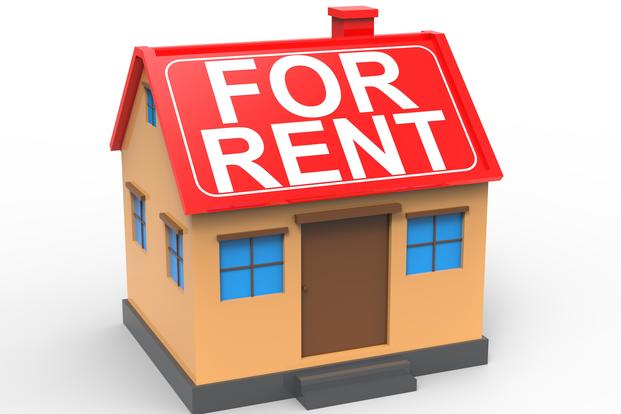Instead of being dismissed as dated or old-fashioned, past trends stay alive through the modern cultural phenomenons of “vintage” and “retro.” The architecture and design style known as mid-century modern living is an example of a fad that’s here to stay. Aged eloquence is in style, while cookie-cutter condos and McMansions are dull. Thus landlords and property owners should pay attention to older properties, especially those with character.
Who has the time to deal with questionable older housing? With today’s technology, engaging with potential tenants has never been quicker or easier. For instance, most landlords are making use of streamlining software that includes a free rental application online to nab well-qualified tenants. Digital forms help eliminate administrative hassles. An online property management tool can even help you with reference checks and track your applications.
Now you will find yourself with more time to transform your retro rental property from old and “shabby” to “antique chic” in a few simple steps. Here are four ways to maximize your property’s potential without having to work beyond your own walls.
Refresh your feature spaces
Where you see a dark, dated entrance hall, open up the space with a pair of stunning, white-and-glass French doors. Are you imagining hanging your artwork on that blank spot on the lounge wall? It’s time to stop dreaming, and start renovating.
While it’s important to work toward your goals for larger, structural renovations, it’s important to celebrate the “little wins.” Adding a brand-new rug to a drab, carpeted floor can add an instant, much needed color-injection to an otherwise unremarkable setup. Likewise, an update from that clanky old washing machine to one of the newer models could transform a kitchen that has seen better days.
Keep an eye on equipment
When you’re focused on renovating and reworking your space or just giving it a little touch-up, it can be easy to forget about those maintenance checks that could end up saving you time, money, and headaches down the road. If you spot a leaky pipe, loose drawer, or bent fixing, now is the time to dust off those old tools and take care of any potential safety concerns or functionality issues that can quickly transform any happy haven into a homeowner’s nightmare.
When you start work on an old property, you generally start with the basic machinery setup: the toilet, shower, oven, and sometimes a washer-dryer. With your basic tech, be sure to remember that looks can be deceiving. Take the appliances through a test run. If you can spot any issues, time is of the essence. Replacing a shower head now will always be cheaper than fronting the bill for new carpet in the case of water leaks down the road. Making these small changes before you lease out your home can also amount to large bill savings—especially if your state legislation stipulates that landlords are to pay utility costs.
Firm up your foundations
Floors are inevitably the most well-tread part of our home. Prone to stains, rips, tears, and drips, the best protection for your flooring is prevention. There are a range of floor covering options that can offer security from the wear-and-tear of new tenants on an already well-lived-in investment.
Selecting a temporary source of material not only secures the existing carpet against any future stains but also provides an instant and simple mood-lift to your overall environment. The sight of well-fitted laminate can immediately brighten your prospects, drawing your tenants in with a well-presented facade that also offers protection for them.
Be religious about your roof
When you take on a property that’s been around for a long time, you want to make sure you feel secure from the ground and right back up to the roof tiles. A damaged roof can let in unwanted, excess water that can trigger general structural decay and even unsightly mold issues.
Take the time to analyze your roof fittings. By employing the use of metal materials, roofing systems like Everdrain™ can add up to 50 extra years of life to an undoubtedly important part of your home. Your tenants will be grateful for the attention to detail, and so will you.
